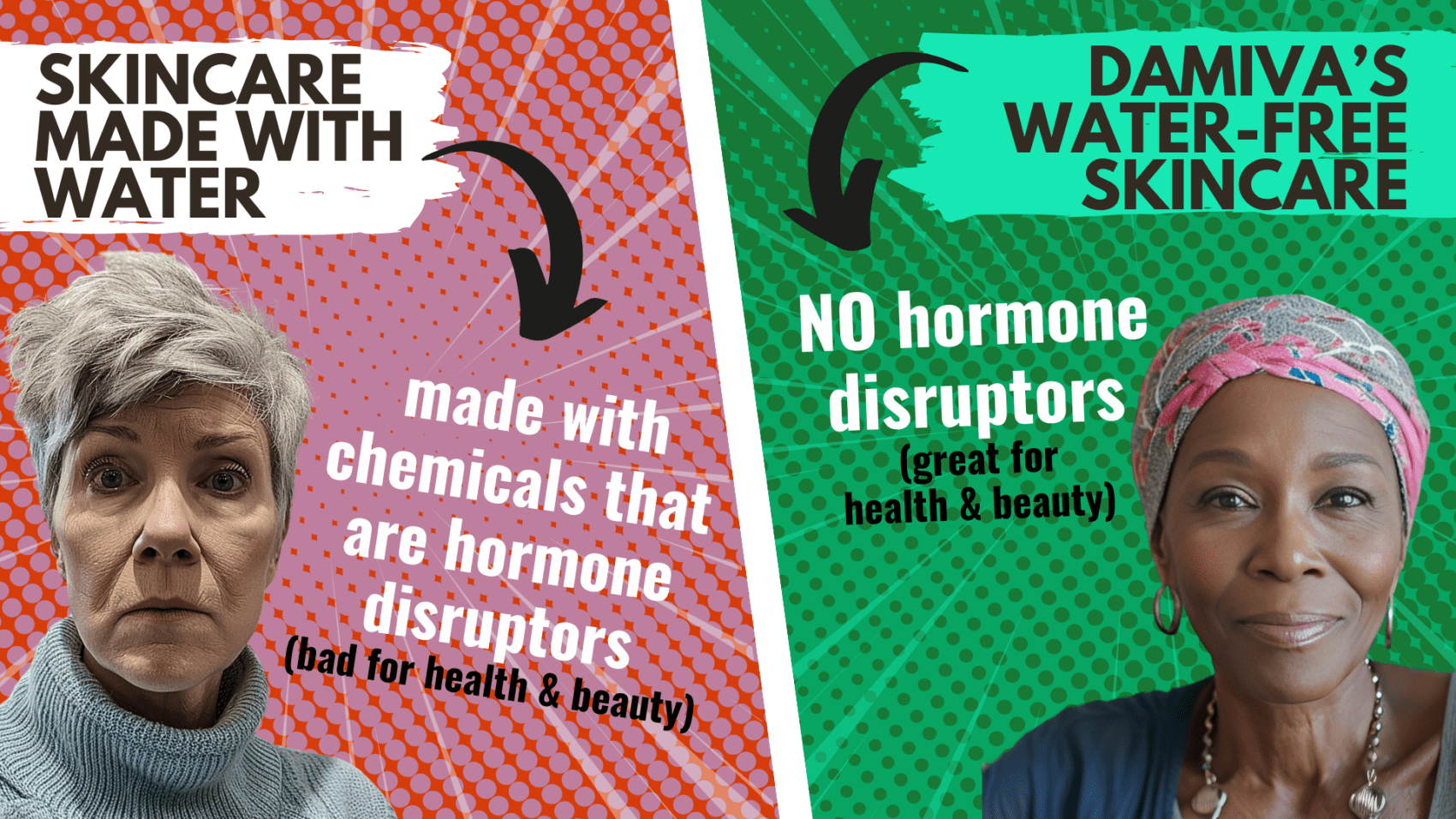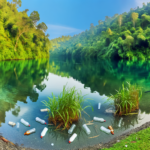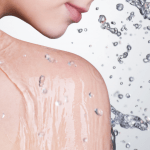Introduction to Skincare Chemicals and Marine Pollution
Overview of Skincare Industry
The skincare industry is a dynamic and expansive sector within the personal care market, characterized by a continuous influx of new products and innovative formulations. It encompasses a wide range of products designed to cleanse, protect, and enhance the appearance of the skin. The global demand for skincare products is driven by an increasing consumer focus on health, beauty, and wellness, with the market projected to reach significant growth in the coming years.
Common Chemicals in Skincare Products
Skincare products often contain a complex mixture of chemicals, including moisturizers, preservatives, surfactants, fragrances, and active ingredients. Among these, certain chemicals such as parabens, phthalates, and triclosan have raised environmental and health concerns due to their potential to cause hormonal disruptions and accumulate in the environment. Triclosan, in particular, is a widely used antimicrobial agent found in various personal care products, which has been detected in water bodies and shown to have adverse effects on aquatic life and human health.
Understanding Marine Pollution
Marine pollution refers to the entry of harmful substances and waste into the ocean, adversely affecting marine ecosystems and biodiversity. Chemicals from skincare and personal care products can enter the marine environment through wastewater effluent, direct washing off during swimming, and improper disposal. These substances can persist in the environment, bioaccumulate in marine organisms, and potentially disrupt marine life and food webs.
Let’s start to explore the link between skincare chemicals and marine pollution, examining the environmental impact of commonly used chemicals in skincare products. It aims to highlight the pathways through which these chemicals enter the marine environment, their effects on marine life, and the long-term consequences for ecosystems. The article also seeks to discuss regulations, consumer awareness, and the role of education in mitigating marine pollution caused by skincare products.
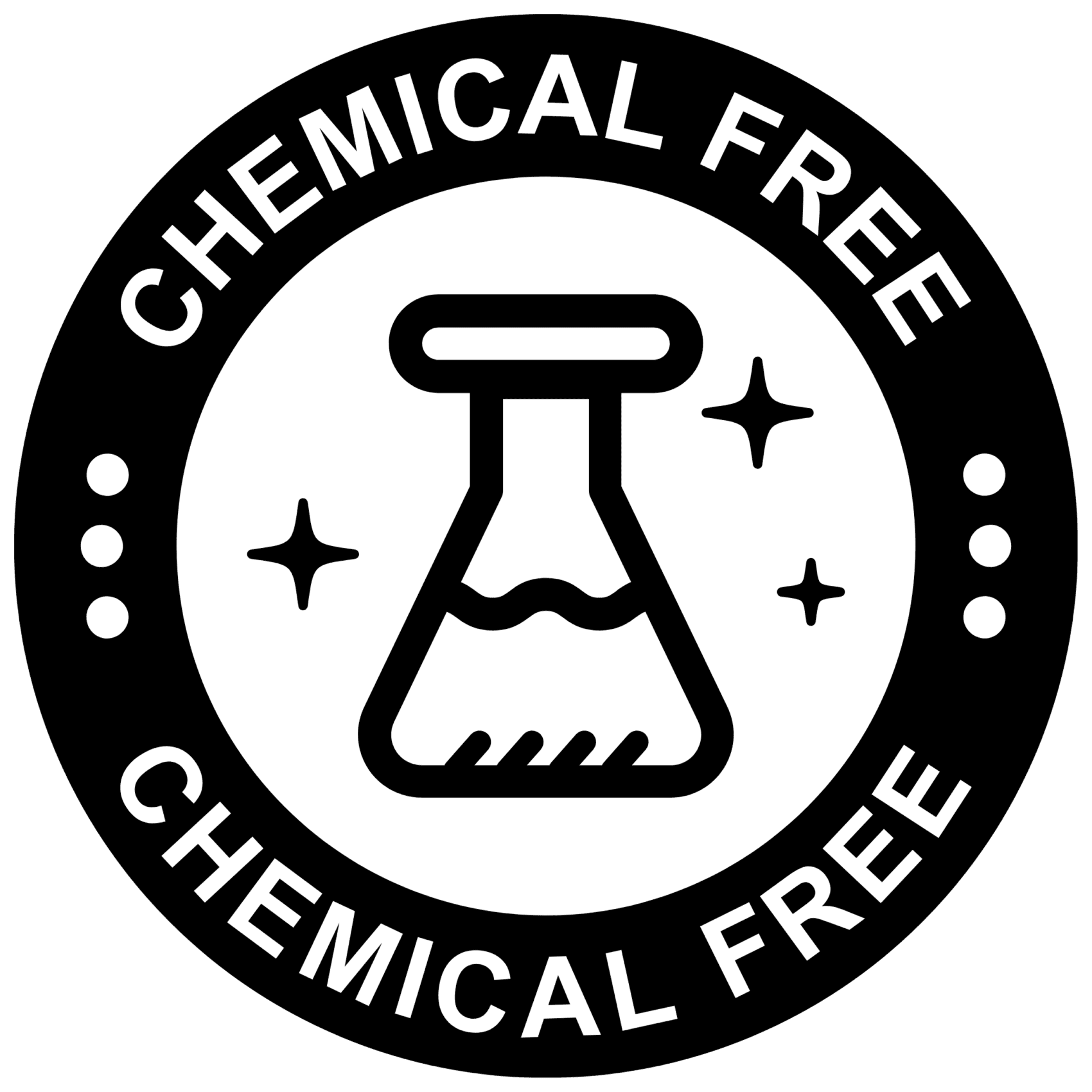
Doubting chemicals in skincare and femcare? Well done! Choose chemical-free products whenever possible.
Chemical Ingredients and Their Environmental Impact
Types of Harmful Chemicals
The beauty industry utilizes a plethora of chemicals to enhance the efficacy, texture, and shelf-life of skincare products. Among these, certain compounds pose significant environmental threats. Microplastics, such as microbeads, are prevalent pollutants that escape filtration systems and accumulate in marine environments. Oxybenzone, commonly found in sunscreens, is notorious for damaging coral reefs. Other harmful substances include parabens, phthalates, and synthetic fragrances, which can disrupt ecosystems and marine life through their endocrine-disrupting properties.
Pathways to the Marine Environment
These chemicals find their way into marine ecosystems through various pathways. The most direct route is through personal care routines, where products wash off the body and down the drain, eventually reaching the ocean. Additionally, improper disposal of products and packaging contributes to the accumulation of pollutants. Land runoff and sewage discharge are also significant contributors, as they carry a cocktail of chemicals from urban and agricultural sources into the marine environment.
Effects on Marine Life
The introduction of skincare chemicals into the ocean wreaks havoc on marine life. Microplastics are ingested by fish, leading to physical and chemical toxicity. Chemicals like oxybenzone cause coral bleaching and hinder the development of juvenile corals. Endocrine disruptors interfere with the reproductive systems of various marine species, leading to population declines and disrupted food chains.
Long-term Consequences for Ecosystems
The long-term consequences of chemical pollutants on marine ecosystems are profound and multifaceted. Persistent chemicals accumulate over time, leading to bioaccumulation and biomagnification, where toxins concentrate as they move up the food chain, ultimately affecting human health. The degradation of coral reefs, which are vital to marine biodiversity, results in the loss of habitat for countless species and undermines the natural balance of oceanic ecosystems. Moreover, the disruption of marine life has cascading effects on global fisheries, tourism, and climate regulation, underscoring the urgent need for sustainable skincare practices.
Do you know the three main ways that your body gets in touch with harmful chemicals with everyday products? Knowledge is Power!
The Ultimate Detox Guide will tell you how to lower your exposure to harmful chemicals!

Regulations and Consumer Awareness
Current Regulatory Landscape
The regulatory landscape for skincare chemicals is complex and varies significantly across different regions. In the European Union, the Registration, Evaluation, Authorisation and Restriction of Chemicals (REACH) regulation oversees the use of hazardous substances, including those in skincare products. The United States, on the other hand, has the Federal Food, Drug, and Cosmetic Act (FD&C Act), which is enforced by the Food and Drug Administration (FDA). However, the FDA’s authority is limited; for instance, it does not require pre-market approval for cosmetics, which encompasses most skincare products.
Furthermore, the Environmental Protection Agency (EPA) plays a role in regulating chemicals that may affect the environment, but its reach does not extend to personal care products unless they are classified as pesticides. This fragmented regulatory framework presents challenges in managing the environmental impact of skincare chemicals.
The Role of Consumer Awareness
Consumer awareness is pivotal in driving change within the skincare industry. As more individuals become educated about the potential environmental hazards of certain skincare ingredients, they can make more informed purchasing decisions. This shift in consumer behavior can pressure companies to reformulate products or develop new, eco-friendlier alternatives. Non-profit organizations and campaigns play a crucial role in raising awareness and providing resources for consumers to identify harmful ingredients.
Challenges in Regulation and Enforcement
One of the primary challenges in regulation is the sheer number of chemicals used in skincare products, many of which have not been thoroughly assessed for environmental impact. Additionally, the global nature of the skincare market complicates enforcement, as products manufactured under different regulations are sold worldwide. There is also a lack of standardized testing for the long-term ecological effects of these chemicals, making it difficult to establish clear guidelines and restrictions.
Case Studies of Positive Change
Despite these challenges, there have been successful initiatives to reduce the environmental impact of skincare chemicals. For example, the ban on microbeads in several countries, including the US and UK, has been a significant step forward. These tiny plastic particles, commonly used as exfoliants in skincare products, were found to accumulate in marine environments, posing a threat to aquatic life. Another positive development is the increasing popularity of certification programs like EcoCert and the Marine Stewardship Council, which set environmental standards for skincare products and ingredients.
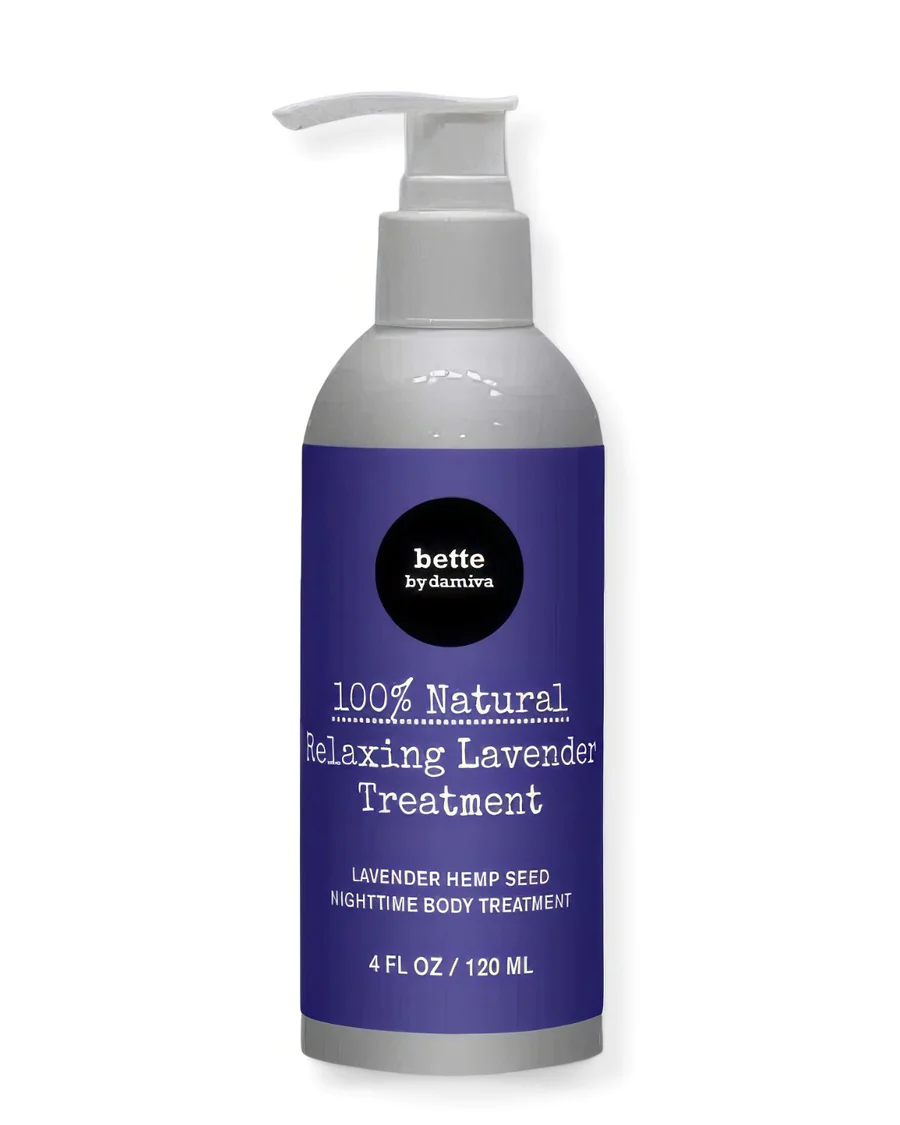
Bette 100% All-Natural Relaxing Lavender Body Lotion.
Chemical-Free
Your relaxing night time body moisturizer to leave the day’s stress behind. Decompress and wish your body good night with the calming scent of lavender.
Natural Alternatives and Sustainable Practices
Benefits of Natural Skincare Ingredients
The beauty industry’s pivot towards natural skincare ingredients is not just a trend but a response to the growing evidence of their benefits. Natural ingredients, derived from plants, minerals, and other organic sources, are often gentler on the skin. Unlike their synthetic counterparts, they are less likely to cause irritation or allergic reactions. Moreover, they biodegrade more readily, reducing the environmental burden. Essential oils, plant extracts, and minerals provide effective skincare benefits without the adverse effects associated with synthetic chemicals, such as hormonal disruptions and accumulation in the ecosystem.
Sustainable Skincare Practices
Adopting sustainable skincare practices is crucial for reducing environmental impact. This includes choosing products with minimal or recyclable packaging, supporting brands that engage in ethical sourcing, and opting for cruelty-free and vegan options. Consumers can also consider DIY skincare solutions using household natural ingredients, which can be both cost-effective and eco-friendly. Additionally, being mindful of water usage during skincare routines and selecting reef-safe sunscreens can significantly diminish the ecological footprint of our beauty habits.
Impact of Choosing Water-Free Products
Water-free, or anhydrous, skincare products offer a sustainable alternative to traditional formulations. These products do not require preservatives, which are often synthetic and can be harmful to marine life. By eliminating water, these products are more concentrated, reducing the frequency of purchase and the associated packaging waste. Furthermore, water-free products are lighter and require less energy for transportation, contributing to a reduction in carbon emissions.
How to Identify and Select Natural Products
To identify and select natural skincare products, consumers should scrutinize ingredient lists, looking for recognizable and pronounceable components that are derived from natural sources. It’s essential to be wary of greenwashing and seek out genuine transparency from brands regarding their sustainability claims. The best and easiest way is to check if the product contains water, because it contains water, it will contain chemicals. It is better to opt for water-free products, as they can be made without chemicals.
In conclusion, by embracing natural ingredients and sustainable practices, consumers can enjoy the benefits of effective skincare while contributing to the preservation of our planet’s health. The beauty industry’s shift towards eco-consciousness is not just a passing phase but a necessary evolution towards a more responsible and sustainable future.

Do you have the most commonly used but toxic, disease bringing chemicals in your skin care? Many chemicals in skincare are hormone disruptors and make menopause symptoms worse.
Find out more…
Consumer Behavior and Market Trends
Shifts in Consumer Preferences
Recent years have seen a notable shift in consumer preferences within the skincare industry. Increasingly, individuals are seeking products that not only promise aesthetic improvements but also offer health benefits. This has led to a surge in demand for skincare items that are free from harmful chemicals and made with natural, organic ingredients. Consumers are now more informed and discerning, often researching product ingredients and their effects on skin health before making a purchase.
The Rise of Eco-conscious Shopping
Eco-conscious shopping has become a significant trend, with consumers actively looking for brands that demonstrate a commitment to sustainability. This includes a preference for products with eco-friendly packaging, ethically sourced ingredients, and cruelty-free testing practices. The skincare market has responded by introducing a range of products that cater to this environmentally aware audience, highlighting the use of renewable resources and sustainable manufacturing processes.
Influence of Online Communities and Reviews
Online communities and customer reviews have become powerful influencers in the skincare market. Platforms such as beauty forums, social media, and e-commerce websites provide a space for consumers to share their experiences, offer advice, and post reviews. These online discussions and testimonials often play a crucial role in shaping consumer behavior, as potential buyers look to peer opinions to guide their purchasing decisions.
The Demand for Transparency in Ingredients
There is a growing demand for transparency in skincare ingredients. Consumers are increasingly vigilant about the contents of the products they apply to their skin, leading to a call for clearer labeling and detailed product information. Skincare brands are responding by providing comprehensive ingredient lists and educating consumers about the purpose and benefits of each component in their products.
In conclusion, the skincare market is witnessing a paradigm shift towards health-oriented, sustainable, and transparent products. Brands that align with these consumer values are likely to gain a competitive edge in the evolving marketplace.

Feeling You Have a Right to Safe Beauty & Fem Care?
If so, it may be time for a change. It starts with knowledge. We have a few suggestions in our new guides.
The Role of Education in Combating Marine Pollution
Educational Initiatives and Resources
Education plays a pivotal role in addressing the issue of marine pollution caused by skincare chemicals. Various educational initiatives and resources have been developed to inform the public about the environmental impact of these chemicals. These include workshops, seminars, online courses, and informational websites that provide insights into how skincare products contribute to marine pollution. Organizations such as the Environmental Working Group (EWG) offer databases that detail the safety and environmental impact of cosmetic ingredients, empowering consumers to make informed choices.
The Importance of Informed Choices
Making informed choices about skincare products is crucial in the fight against marine pollution. Consumers who understand the consequences of certain chemicals on marine life are more likely to seek out and choose products that are safe for the environment. Education about the biodegradability, toxicity, and accumulation of skincare ingredients in marine ecosystems encourages consumers to scrutinize product labels and avoid those with harmful substances.
Community Outreach and Engagement
Community outreach and engagement are essential for spreading awareness and driving change at the local level. Initiatives such as beach clean-ups and educational campaigns in schools and communities help to raise awareness about the link between skincare chemicals and marine pollution. Engaging with local businesses and encouraging them to stock environmentally friendly products can also shift market demand towards more sustainable options.
Success Stories in Consumer Education
There have been several success stories where consumer education has led to positive environmental outcomes. For instance, the campaign against microbeads in personal care products resulted in widespread consumer awareness and subsequent bans in many countries. Another example is the growing popularity of reef-safe sunscreens, which has been driven by educating consumers about the harmful effects of certain sunscreen chemicals on coral reefs.
These successes demonstrate the power of education in influencing consumer behavior and reducing marine pollution. By continuing to inform and engage consumers, we can work towards a future where the beauty industry and marine ecosystems coexist sustainably.
Conclusion and Call to Action
Summary of Key Points
The skincare industry is a significant contributor to marine pollution due to the widespread use of chemical ingredients in personal care products (PCPs). These chemicals, often not fully disclosed on product labels, find their way into marine environments through various pathways, including direct washing off during use, improper disposal, and wastewater treatment plant effluents. Among these chemicals, microplastics from exfoliating scrubs and other skincare items pose a considerable threat to marine life and ecosystems. The long-term consequences of this pollution are profound, affecting not only marine organisms but also human health, as these chemicals can bioaccumulate and enter the food chain.
Consumers play a pivotal role in combating marine pollution by making informed choices about the products they use. Opting for skincare products with natural ingredients and biodegradable packaging can significantly reduce the number of harmful chemicals entering the oceans. Brands are increasingly offering eco-friendly alternatives, and consumer demand can further drive this positive trend. Additionally, supporting companies that practice transparency in ingredient disclosure and engage in environmentally responsible manufacturing processes is crucial.

